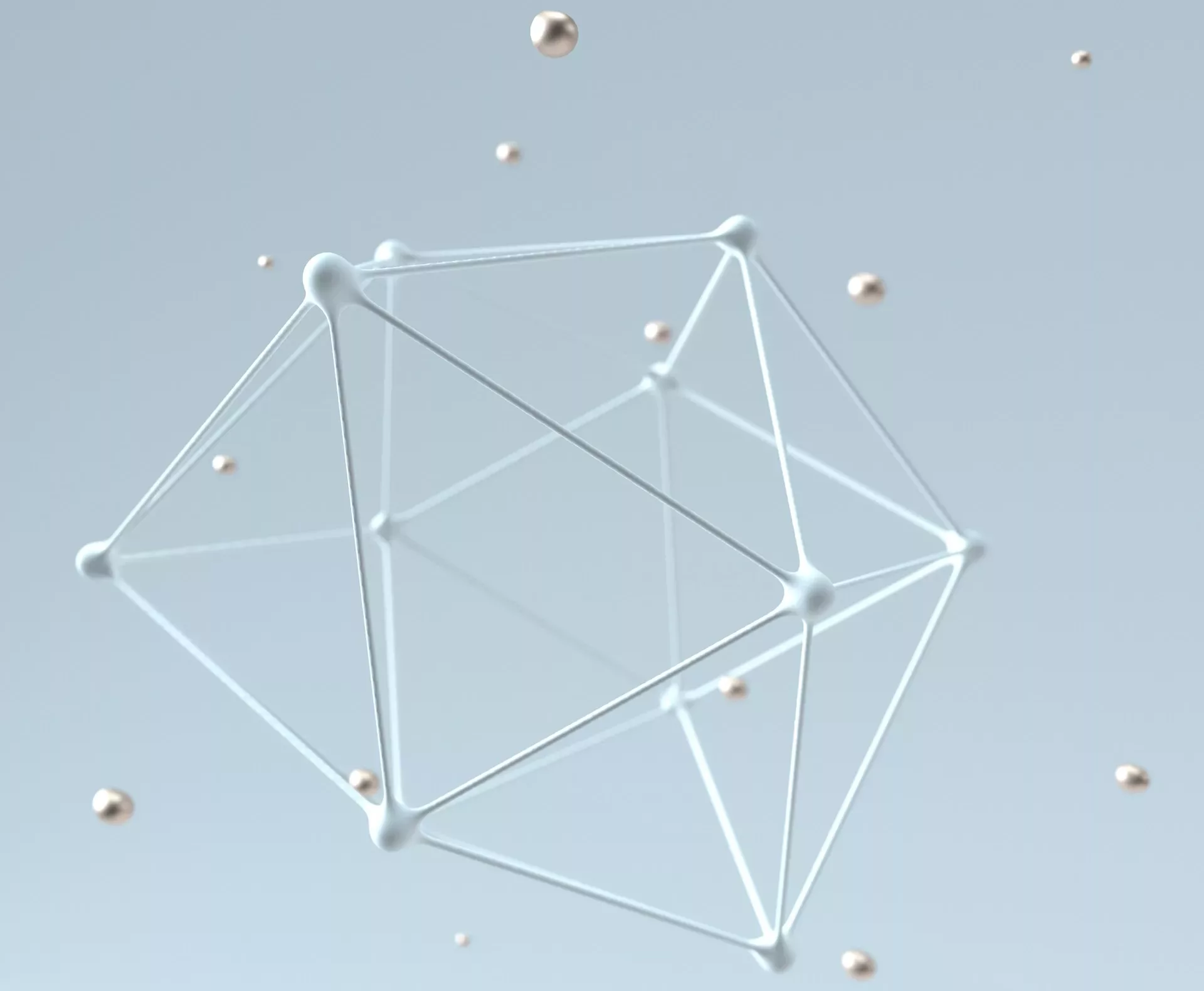At the intersection of quantum computing and chemistry. Image credit: Unsplash.
Computers and simulations have already revolutionised the way we can study natural science. Computational research is not only cost-effective and time-efficient but can also confirm theories that are impossible to test experimentally. There are several impactful examples such as accelerating the discovery of new therapeutics for COVID-19 by identifying structures of SARS-CoV-2 protein that were inaccessible with experiments, as well as giving some insights into extraterrestrial life with in-silico predictions of new phases of water that could exist in extreme planetary conditions.
With the rapid advancement of technology, there has been a growing sense of anticipation around the potentials of simulation, especially with the invention of quantum computers, a novel type of computers that exploit the laws of quantum mechanics.
Simulations go quantum
Quantum chemistry is perhaps the first field in natural science that benefits substantially from quantum computers. It is believed that we already know all the physical laws governing chemistry. However, numerically solving many-body problems like the molecular Schrödinger equation can be extremely difficult, even with the fastest supercomputers.
Instead, can we simulate the quantum mechanics of molecules with an actual quantum system in real life? This was the idea proposed by early quantum computer scientists, including the Nobel physicist Richard Feynman.
In the realm of quantum mechanics, any particle(s) can be described with wavefunctions, which contain various information about the system, such as energy, momenta, etc. The bits and logic gates on quantum computer have the similar properties of wavefunctions and can mimic the mathematics behind it. Today, there are several promising ways quantum computers can aid quantum chemistry, one of which is called variational quantum eigensolver.
Variational quantum eigensolver (VQE)
The basic principle of the VQE is surprisingly simple and has a lot of similarities to classical algorithms in quantum chemistry for obtaining ground-state energy of molecules, a key quantity that determines many other properties such as rate of chemical reactions.
The minimal workflow of the VQE proceeds as follows:
1. Quantum bits (or simply qubits) and logic gates on the quantum computer mimics the wavefunction of a molecule with a set of parameters given.
2. Energy in the Schrödinger equation is estimated using measurements.
3. With a classical method, a new set of parameters for a better wavefunction is guessed.
4. The previous procedures are repeated with a new set of parameters until the energy converges to its lowest value.
The variational principle in quantum mechanics ensures that the energy obtained in this way is not lower than the exact energy.

Ansatz and approximation
Imagine preparation of the molecular wavefunction in VQE as a complex jigsaw puzzle. In quantum chemistry, we try to recreate this puzzle using an appropriate mathematical function, known as an ansatz. The choice of an ansatz will result in different approximations to the Schrödinger equation and determines the accuracy of the energy calculated. In principle, we want to choose the ansatz that closely represents the exact wavefunction. Yet, as the molecule gets bigger, we need more puzzle pieces, making it trickier to solve.
Over the decades of rigorous research, quantum chemists have developed systematic techniques to approximate the exact wavefunction to make computation feasible. Classical computers have enough power to run a method called Hartree-Fock (HF) approximation, which can be thought of as using the most basic set of puzzle pieces to recreate a complex molecular picture. It works well for simple images, but for intricate ones, it falls short because the true molecular image is a blend of both, basic and intricate pieces.
The coupled-cluster (CC) theory provides an improvement to the HF wavefunction and can be thought as an upgraded way to solve the puzzle. Instead of tackling the whole image head-on, CC theory allows to focus on the most defining parts, making the process more manageable. An ansatz derived from this, CCSD, is used as a “gold standard” in chemistry. Quantum computers are compatible with an improved version of CCSD – UCCSD which equips chemists with even better puzzle-solving tools in VQE.

Will we have any hardware that can run VQE with UCCSD ansatz to simulate molecules other than diatomic hydrogen in near future? Perhaps not. Even with the approximated ansatz, the number of qubits required to run meaningful calculations is unreachable with the current level of technology. For example, to simulate naphthalene (a polycyclic aromatic), roughly a few thousand qubits and 108 quantum logic gates are estimated to be required. (The largest quantum computer in the world at the time of writing is IBM’s 400-qubit Osprey).
Even if we managed to build a device with tens of thousands of active qubits, external noise may interfere in the construction of wavefunction, resulting in erroneous outcome. There are several mathematical tricks proposed to approximate the UCCSD ansatz further to reduce the complexity; however, UCCSD still remains inaccessible for the foreseeable future.

Given the challenges with UCCSD, instead of adapting methods to solve the puzzle, can we adapt it to our tools? This is the idea behind the hardware-efficient ansatz (HEA). Rather being inspired by chemistry, the ansatz is tailored to fit the hardware we are using, i.e., we adjust our puzzle-solving strategy based on the capabilities of quantum device. This would result in a significant reduction in the complexity of quantum circuits compared to the UCCSD ansatz, thus allowing realisation of VQE earlier with the limited hardware capability.
The accuracy of HEA varies from system to systems and, of course, is dependent on how it’s implemented. There is a successful example of HEA simulating LiH and BeH2 with an accuracy of exact method. At the same time, you will also find catastrophic failures of HEA which return wrong total spin or even the wrong number of particles. With HEA, we do not have general knowledge of what parts of the wavefunction are being approximated.

Zoo of ansatz and resulting approximations. Image credit: Yao Zhao.
Will quantum computing be useful in chemistry?
It is indeed a major achievement to “simulate” molecules in VQE with the HEA, and their achievements should not be downplayed. However, does it provide useful results to chemists? The traditional CCSD provides not only accurate energy for many systems but also insight how reliable the result is by inspecting the wavefunction it produced.
On the other hand, VQE with HEA lacks physical interpretations; it is a black box, outputting energies of unknown accuracy for nontrivial or complex molecules. Moreover, the heavy dependency on hardware architecture might make quantum computer-based research less reproducible.
Even with an error-immune quantum device capable of VQE with UCCSD, can they compete against state-of-the-art supercomputers with efficient classical algorithms? Simply showing that accurate evaluations of energy are possible on a quantum computer is not sufficient to prove their superiority. There are already several classical approximations that enable CCSD calculations scale linearly with the size of systems and in fact can be applied to a protein composed of 1000 atoms. To achieve quantum advantage, quantum algorithms also need drastic improvements.
Whether quantum computers can benefit chemistry remains ambiguous. Certainly, progresses are being made towards success but there is still a very long way until we see real-life chemistry applications.





